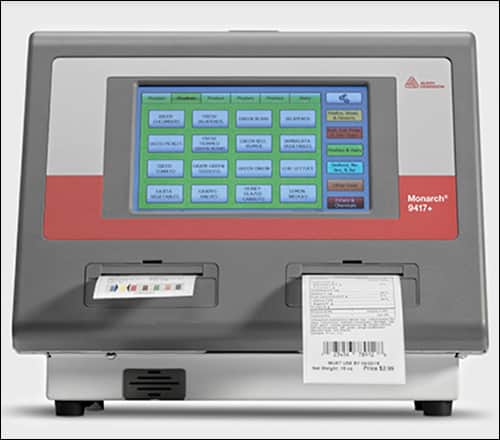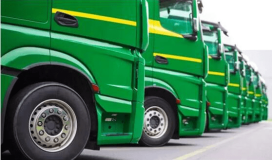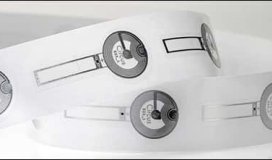Avery Dennison is helping ultrahigh-frequency (UHF) radio frequency identification technology to make deeper inroads into the retail market, with solutions and pilots intended to manage cosmetics and fresh foods. Several retailers have been piloting cosmetics as part of their RFID tracking solutions, and a chain restaurant is currently testing the technology as part of Avery Dennison's Freshmarx Food Safety program. To further enable the use of RFID on food products, the technology company has developed a microwave-safe inlay that could be applied to food packaging without reacting adversely to microwaves, or to the heat caused by them.
Freshmarx is Avery Dennison's suite of food-safety, compliance and efficiency solutions for stores and restaurants. It offers systems for printing labels that can be applied to products to provide greater inventory accuracy, as well as temperature sensing and cloud-based inventory management for safety authorities regarding food or other perishable products. Freshmarx products include the 9417+ printer for grab-and-go labeling, which lists ingredients, dates and nutrition information, and FreshMarx software with a touchscreen interface. The solution can also include Freshmarx temperature-tracking sensors, placed in cold-storage units to monitor conditions around products.

With RFID, the company reports, the tracking of food item safety becomes more automated. Avery Dennison's customers in food and other perishable goods retail or distribution face growing financial pressure created by the high costs of labor and product waste, as well as consumer demands for transparency, says Ryan Yost, the general manager of Avery Dennison's Printer Solutions Division. He cites the rising minimum wage for workers who receive, handle and count inventory of goods, as well as the management of expiration dates. When it comes to waste, inventory for perishable goods is often overstocked in order to prevent a shortage, which typically results in the expiration of a percentage of the product.
In the longer term, most food retailers are watching and planning to meet a consumer-driven trend in which customers can make purchases without waiting in line—such as the Amazon Go model. To accomplish this, stores will need to invest in technologies like RFID that can capture the identity of the product being selected for purchase, and then link that ID to the customer and his or her credit card or account.
"There is a role for RFID in all three challenges," Yost says, regarding labor costs, waste and consumer trends. For instance, he adds, reading the tags of goods at the points of shipping and receiving with handheld readers has thus far proven, during the pilot, that it can reduce the amount of labor time employees would otherwise spend physically examining the products.
Freshmarx also provides alerts regarding any goods that may be nearing their expiration dates or have been stored at an unacceptable temperature. Workers can view that data at the time the tags are read, while managers can receive notifications prompting them to locate the products of concern and address the problems accordingly. However, the company notes, most RFID implementations in this market still follow a measured approach. The first step for food retailers is to track some packaged foods, along with the trays or cartons in which those goods are transported.
Right now, says Francisco Melo, Avery Dennison's global RFID VP and general manager, stores are most commonly investigating how well they can capture product data by tagging goods at the tray or container level, rather than each individual item (for instance, tracking an entire tray of apples to a particular store and shelf, rather than each individual fruit). Most of those piloting or launching the technology, Melo adds, are using handheld RFID interrogators to capture read data.
The Freshmarx and RFID pilot is being undertaken by a quick service restaurant chain in a phased approach. The first phase consists of tracking RFID-tagged products at a distribution center and two restaurants, and the pilot will then extend to phase two, with 100 to 150 restaurants participating.


